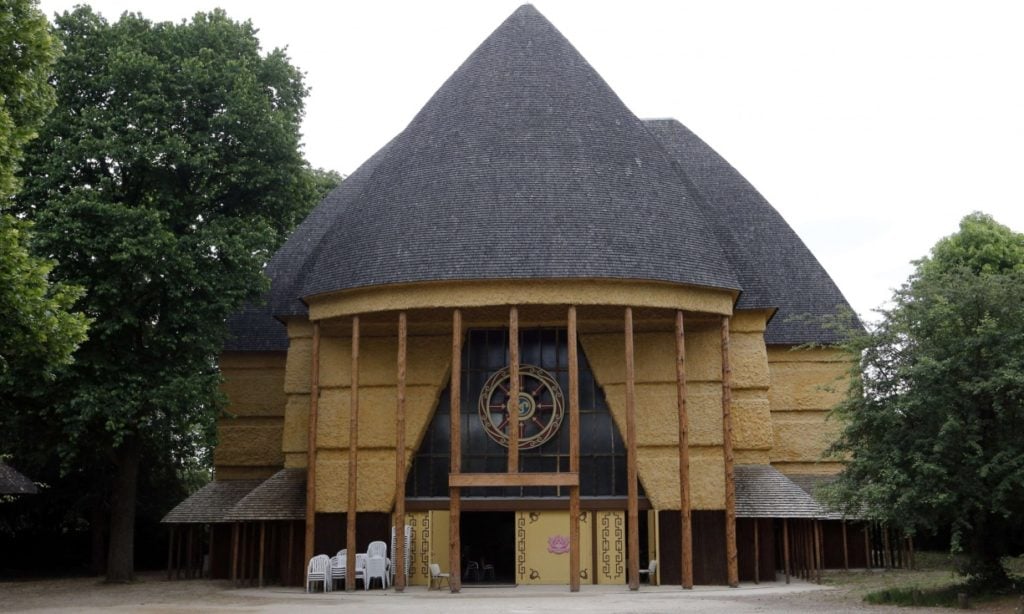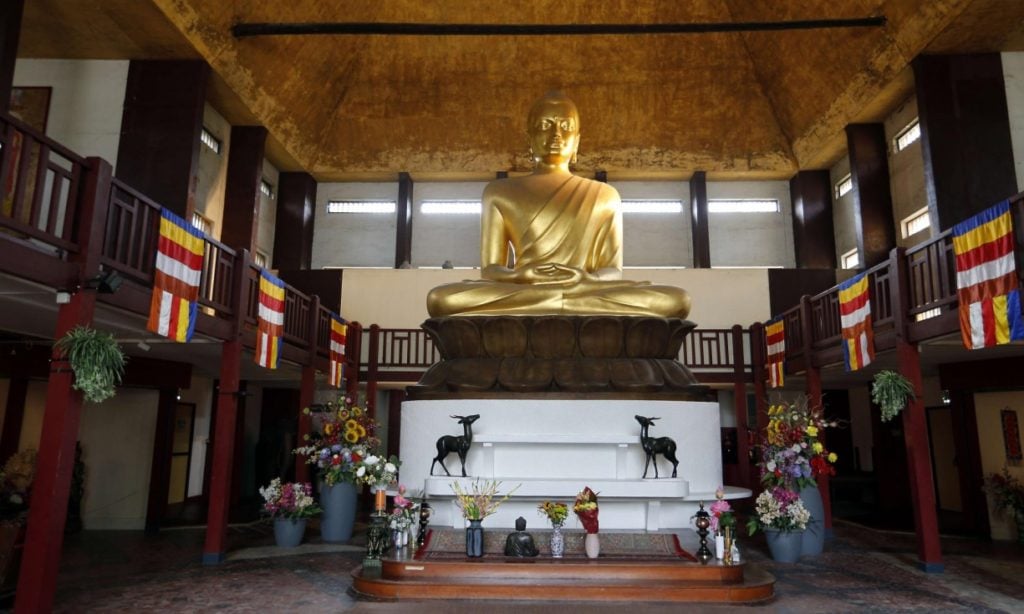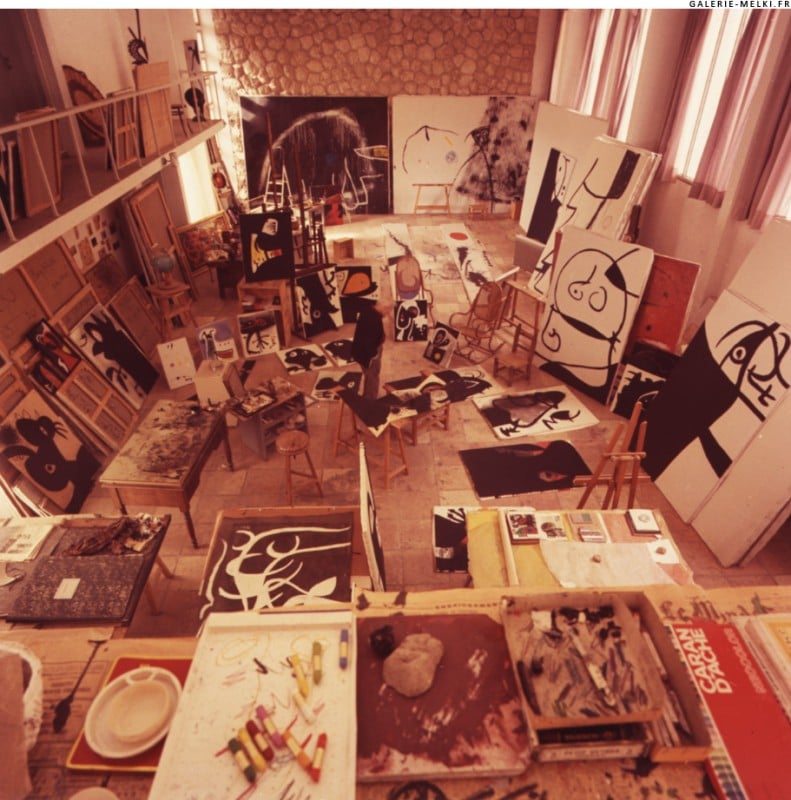Art World
Pagoda Holding Largest Buddha in Europe Reopens After $1 Million Facelift


Cait Munro


Inside the Grande Pagode.
Photo: Francois Guillot/AFP/Getty Images.
A Parisian pagoda that houses the largest Buddha in Europe reopened this weekend after a €1 million ($1,094,910) facelift, according to Le Figaro.
The Grande Pagode, which is unknown even to many residents of the area, was once the Cameroon pavilion for an international colonial exhibition. The 92-foot-high construction was built in 1931, and resembles a traditional African home, enlarged to three times the typical size, according to the Guardian.
When the exhibition closed, most of the buildings were torn down, but the pavilion, thanks to its durable wooden exterior, was left standing. It was briefly converted to a museum and then abandoned until 1977, when it was acquired by France’s International Buddhist Institute, who promptly launched a competition for an “international looking” statue of Buddha.
The resulting 33-foot-high gold fiberglass Buddha was created in six parts by Yugoslavian sculptor François Mozes inside Joan Miró’s legendary Paris studio.

Outside the Grande Pagode.
Photo: Francois Guillot/AFP/Getty Images
The pagoda was inaugurated in October 1977 by then-mayor Jacques Chirac, and quickly became an important venue for Buddhist gatherings.
However, hidden amidst the towering foliage, the building was largely forgotten and fell into a state of disrepair over the past four decades, until the Paris city authorities recently acquired the site as well as the funds to renovate it.
“The Asian members of the Buddhist community were quite zen about it even though it really is an important place for them to meet and share occasions. But when holy people came from Asia, where they have wonderful pagodas that are well-kept and decorated, they were shocked at the state of ours,” Liliane Lefait, a spokesperson for the French Buddhist Union, told the Guardian. “Now we are absolutely delighted with it.”

Joan Miró’s atelier.
Photo: Galerie Melki.
To celebrate the grand reopening of the structure, the Buddhist union held a weekend-long program from May 30–31, which included meditation workshops, discussions, a Zen calligraphy exhibition, as well as ceremonies and an concert by Japanese Noh flutists National Theatre in Tokyo.